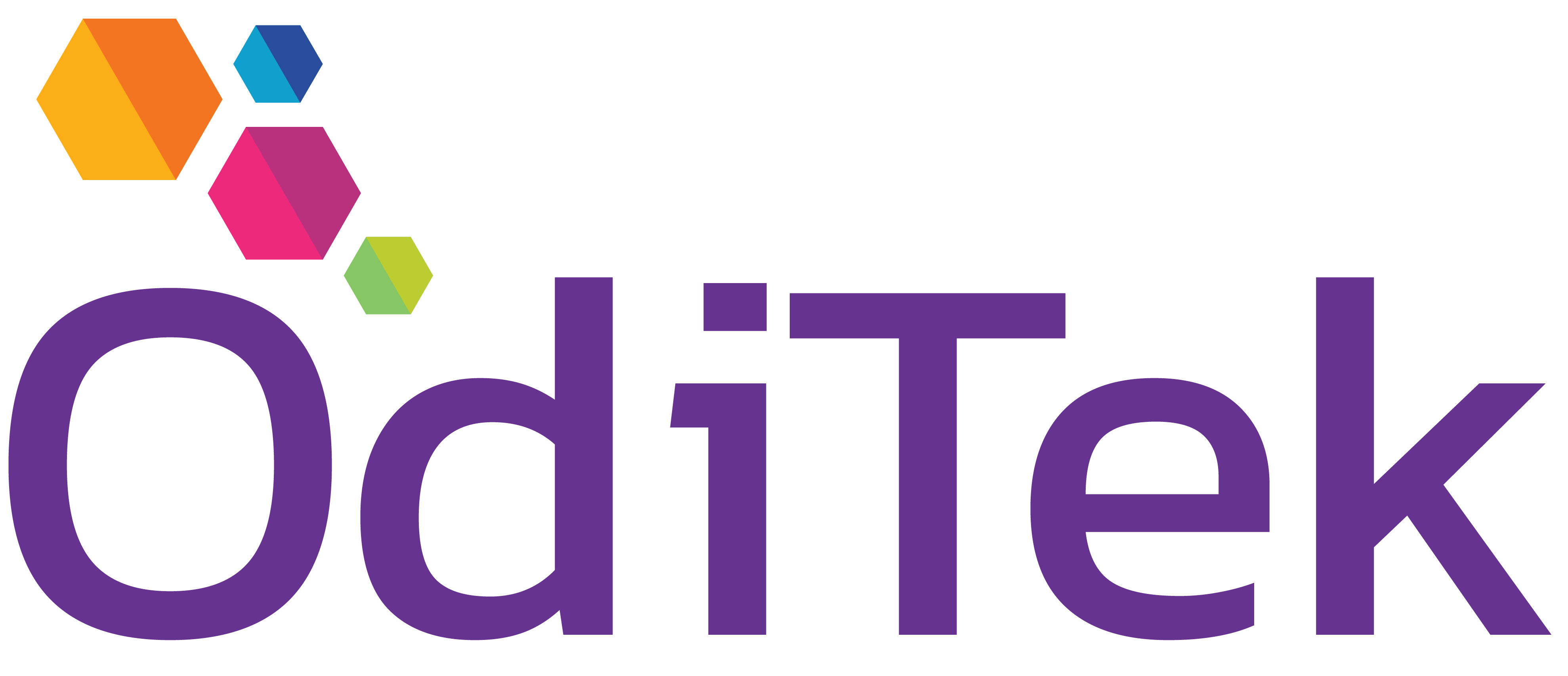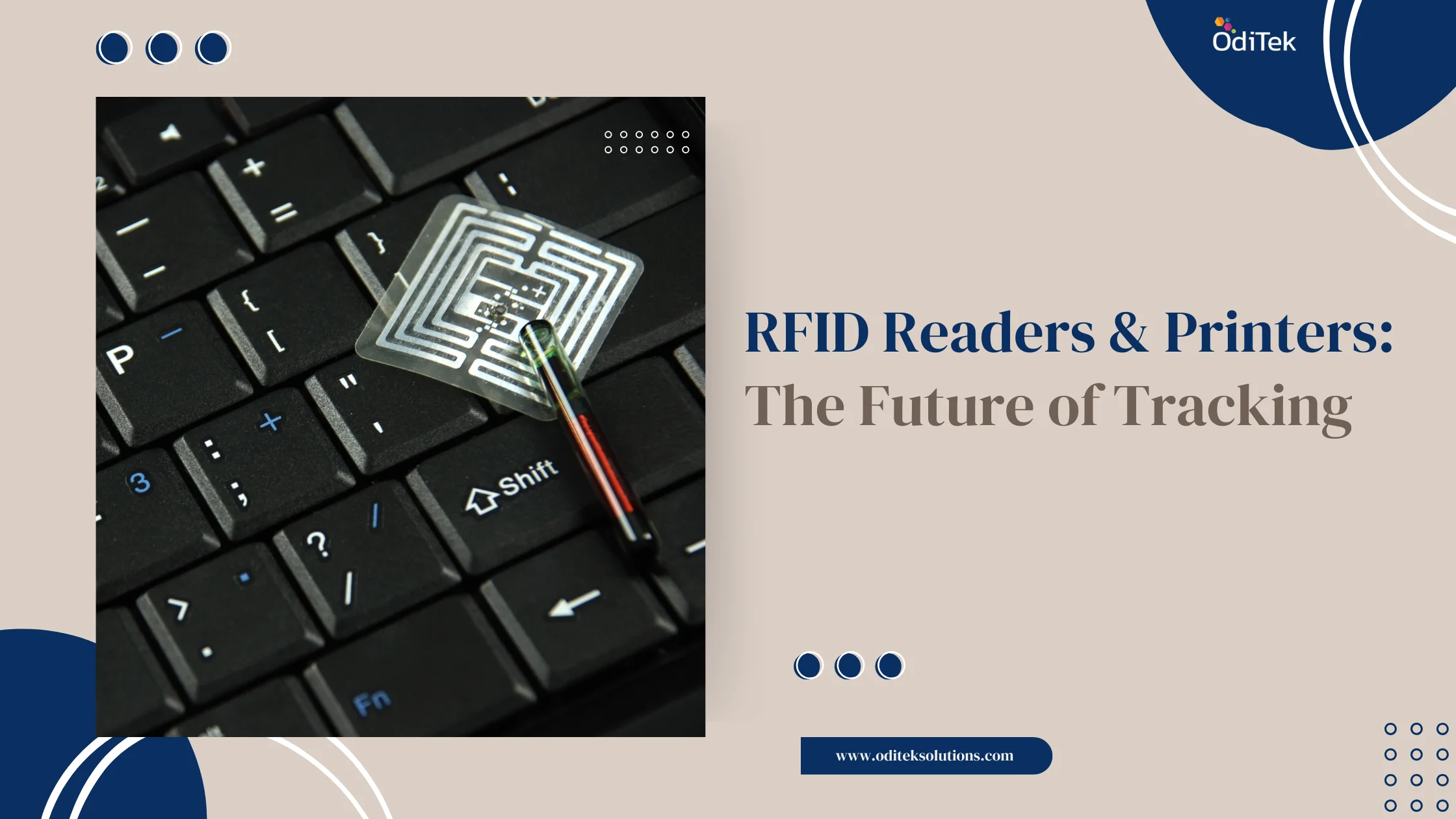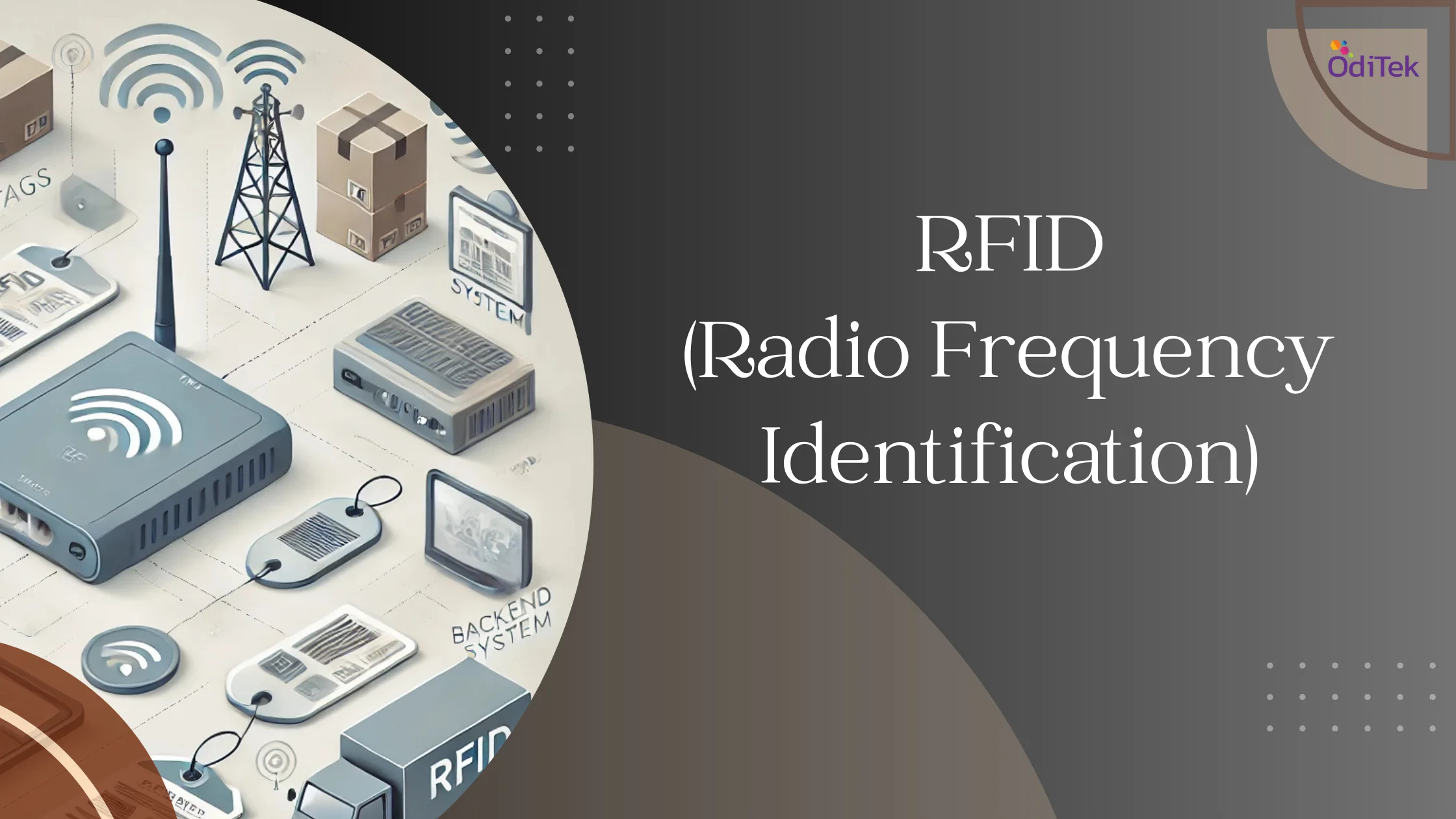Among the essential tracking and identification technologies, Radio Frequency Identification (RFID) has emerged as a powerful solution for real-time tracking and automation, offering a significant leap beyond traditional methods like barcodes. This innovative technology utilizes radio waves to automatically identify and track tags attached to objects, people, or animals, providing unprecedented visibility and control over assets and processes.
In this blog, we’ll delve into how RFID tag readers and RFID tag printers are revolutionizing operations, streamlining workflows, and enhancing security across various sectors. We will also explore the fascinating ways RFID tags are seamlessly integrated into everyday items, from the clothes we wear to the cars we drive, showcasing the versatility and increasing pervasiveness of this game-changing technology.
What Is an RFID Tag?
An RFID tag is a small electronic device that consists of a chip and an antenna. It stores data that can be read by an RFID tag reader without direct contact, using radio waves. RFID tags come in various forms: active (battery-powered), passive (no battery, powered by the reader), and semi-passive. They are widely used for tracking inventory, assets, and even people.
RFID Tag Readers: The Backbone of the System
The RFID tag reader is the device responsible for capturing the data stored in RFID tags. It sends out a signal that powers the tag (in the case of passive tags) and reads the information transmitted back. These readers can be handheld, fixed at entry points, or integrated into conveyor systems.
Here’s how RFID tag readers play a crucial role across industries:
1. Retail Industry – Scanning RFID Tags on Clothes
In the retail sector, RFID tag readers are used to scan RFID tags on clothes, helping store associates track inventory levels in real time. Instead of manually checking every item, a handheld RFID reader can scan hundreds of clothing pieces within seconds, significantly improving stock accuracy and reducing time spent on inventory audits. This enables smarter reordering, prevents stockouts, and enhances the overall shopping experience.
2. Automotive & Transportation – Identifying RFID Tags on Cars
In the automotive industry, RFID tags on cars are often used for automated toll systems, vehicle access management, and fleet tracking. RFID readers installed at toll booths or parking gates automatically detect vehicles with embedded RFID tags, allowing them to pass through without stopping. This not only speeds up traffic but also reduces manual labor and enhances security by tracking vehicle entry and exit logs.
3. Warehouse & Logistics – Managing Inventory and Assets
Fixed RFID readers installed along conveyor belts or at warehouse gates help businesses monitor the movement of goods in and out of the facility. This real-time tracking capability streamlines operations, minimizes loss, and boosts overall efficiency in supply chain management.
4. Healthcare & Pharmaceuticals – Ensuring Safety and Compliance
In hospitals and labs, RFID readers help manage medical equipment, track patient information, and ensure the integrity of pharmaceutical supplies. With RFID technology, healthcare providers can reduce errors, improve patient safety, and ensure regulatory compliance.
RFID Tag in the Modern World
So, what’s the deeper RFID tag meaning in our tech-driven environment? It’s more than just a tracking tool—RFID symbolizes a major leap toward intelligent automation and real-time data visibility across a variety of sectors.
Here’s how RFID technology is redefining modern business operations:
1. Real-Time Visibility & Decision-Making
At its core, RFID enables businesses to capture data instantly, providing live updates on inventory, assets, or personnel. This allows decision-makers to act proactively rather than reactively—whether it’s reordering stock, managing fleet logistics, or ensuring product availability across multiple channels.
2. Automation and Efficiency
RFID reduces the need for manual scanning, barcoding, and inventory checks. Tasks that once took hours—like stocktaking in large retail chains or equipment audits in warehouses—can now be completed in minutes. This leads to leaner operations, lower labor costs, and faster throughput.
3. Enhanced Security and Compliance
In industries such as pharmaceuticals, healthcare, and aerospace, RFID tags ensure that high-value or sensitive items are tracked with pinpoint accuracy. This minimizes the risk of loss, theft, or counterfeiting, and helps businesses comply with strict regulatory requirements.
4. Customer Experience & Personalization
With RFID-enabled tracking, businesses can better understand customer behavior. For example, RFID tags on clothes can help retailers analyze which items are being tried on the most, or track inventory trends to tailor future collections. This data can be used to deliver a more personalized and efficient shopping experience.
5. Sustainability and Waste Reduction
RFID also supports sustainability efforts by minimizing overstocking and waste. With accurate demand forecasting and tighter inventory control, companies can reduce excess production and optimize storage, ultimately decreasing their environmental footprint.
6. Interconnected Ecosystems (IoT Integration)
As part of the Internet of Things (IoT), RFID tags are becoming integral to smart systems—like connected factories, intelligent transport networks, and automated supply chains. They work in tandem with other sensors and cloud platforms to create a seamless, intelligent environment.
Final Thoughts
Whether you’re a retailer managing stock, a logistics company streamlining supply chains, or a smart city planner improving traffic flow, RFID technology offers tangible benefits. By leveraging the power of the RFID tag reader and the precision of an RFID tags printer, businesses can harness the full potential of RFID to stay ahead in an increasingly competitive world.
In essence, the RFID tag meaning extends far beyond identification. It’s a key enabler of digital transformation—turning traditional processes into smart, automated workflows that empower industries to move faster, safer, and smarter in today’s digital economy.
For more information on the topic or to have your questions answered, feel free to contact us or visit our website.







